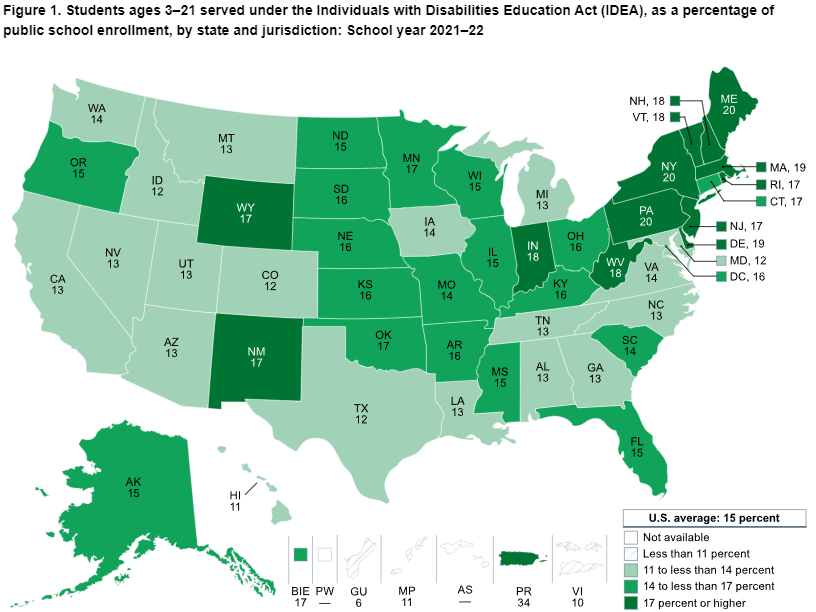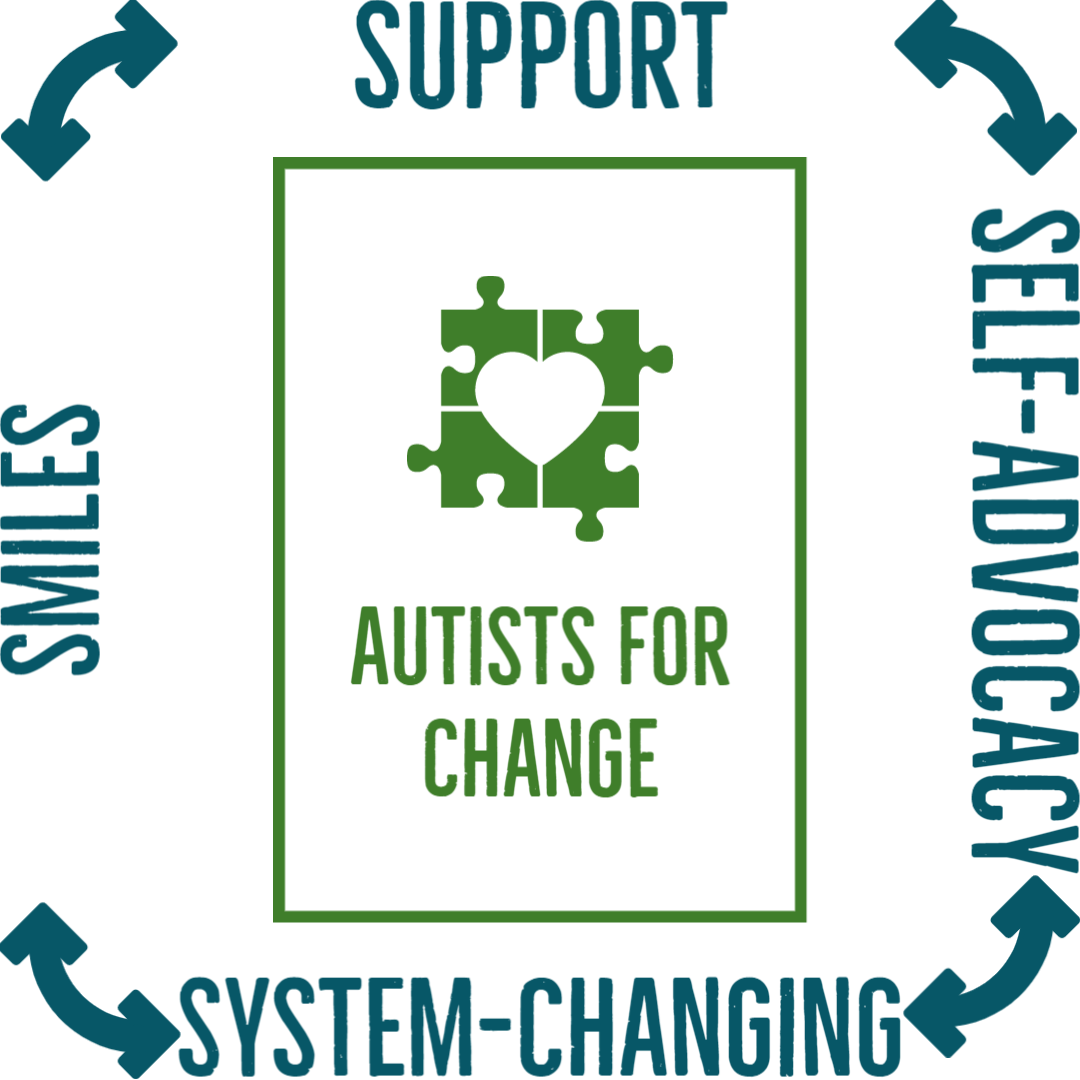
The Special Education System: The Good And The Bad
America’s special education system is certainly a mixed bag when it comes to the effectiveness and quality of the education that we receive in the schools. It certainly works for some people, but not others, like me. This is a semi-inside point of view from the perspective of someone who goes to a private special education school. First up, the good stuff with the special education system, in my opinion.
The Good
There is a lot of good in the special education system, at least from my point of view and the point of view of many others. The fact that everyone is entitled to a free and appropriate public education is great. Specialized education is great for the many, and that is what matters, for the most part. Everyone gets a free education in the public school system, and that is great for the students in the programs themselves. For instance, IEPs are available to everyone who needs them, and that allows for children who need them to get what they need. By the way, in case you didn’t know, an IEP is an Individualized Education Program. What an IEP does, is that it allows you to get whatever you need in the way of schooling. It’s an official document that outlines the special needs that a child would require, if it is necessary.

Percentage of children with IEPS, by state(2021-2022 school year)Source for the image
An IEP can apply for many people, which is why almost 15% of children in classrooms have an IEP. The states with the highest percentage of people with IEPs are New York, Maine, and Pennsylvania, with 20%. The states with the lowest percent of people with IEPS are Texas, Idaho, and Hawaii, with under 12%. The modifications inside of an IEP are to ensure that a student gets a free appropriate public education(FAPE) in the least restrictive environment(LRE). The LRE is the most normal setting that a special education student can be in, with the goal of being in all normal classes, at grade level.
IEPs have been in effect since 1975, with the creation of the Education for all Handicapped Children Act, or EHA. The guidelines have been updated more recently with the IDEA act of 2004, which changed the content of the IEP as well as change the processes around it. Around 7 million students have IEPs, and that number is increasing. One thing that I think is great about the special education system is that any child who needs extra services and a different education can get them. IEPs are also regularly updated so that children can get their education changed over time based on what they are doing well, and what needs to change.
Another big thing is that the majority of people in special education are going to their local public school, instead of a far away facility. The fact that most special ed students are in regular schools is great because it allows them to possibly transition into a regular school lifestyle. It’s also free for everyone, even though it costs schools more to provide the services than to educate a child in a normal classroom. Also as of 2021, 67% of special education students spent more than 80% of their time in general education classrooms. This helps provide a more normal experience so that students receive grade level education.
The Bad
There is also a decent amount of bad in our special education school system. Some of this is just from schools in general, but also some of this is unique to special education. More than half of US states require assistance to meet at least standard of IDEA. This PDF from the Department of Education says which states need assistance. Most states actually meet section C, which is a good sign, but section C only serves children through age 2. Section B, which serves ages 3 through 21, isn’t met by as many states. The most recent update to the IDEA act was in 2006, so that’s 17 years, and not all states have their act together yet. One of the reasons this is the case is due to the lack of extra funding for school districts to meet IDEA requirements.
Schools all across the nation don’t receive adequate funding. IDEA was supposed to pay up to 40% of the average-per-pupil-expenditure to schools to cover special education costs. Currently around half of that is being payed to schools and districts. Also, there are more special education students than there used to be, driving up costs for the school district. Schools then have to cut costs elsewhere in order to try to meet the requirements, because they aren’t exactly made of money. Schools cut costs in general education, which hurts the bulk of the students, as well as many special education students as well. All of this leads to children in special education also losing quality of education due to lack of funds.
Another big problem not just with special education, is that special education is thought of as a problem, or as worse in some way than regular education. When I was in public school, there were a couple of kids who were in special ed. My classmates and I often thought of them as lower than the rest of us. We considered them to be less smart and less skilled than the rest of us. Looking back on it now, that was not necessarily the case, they just had learning differences that put them behind the rest of my class. What I’m trying to say is that special education is often taught to be bad, or worse than regular classes. There is a bias against special education, which is another big thing that needs to change.
The seemingly lowered expectations is another thing I want to talk about. I have never really received the expectations that my classmates have had. They just expect us to just slide by, and just about everywhere in the US, that’s what happens. Special education teachers in some cases teach multiple subjects, not just one. At my current school, I have one teacher who I have for all my classes. My situation is unique because of the fact that I can do grade level work. Many people have the ability to do that, but they have untapped potential that the teachers just don’t, or can’t access due to the ways they teach. They also aren’t always as qualified to teach all the subjects, as they are often spread super thin.
We uploaded a video based on the article on our YouTube channel, in case you wanted to listen to or watch it. It highlights both some great things and some less great things about the special education system in the USA. The teacher’s aren’t always the best, but the system somewhat makes up for it with all the services.
3 responses to “The Special Education System: The Good And The Bad”
-
It’s perfect time to make some plans for the future and it is time to
be happy. I have read this post and if I could I
want to suggest you few interesting things or advice.
Maybe you could write next articles referring to this article.
I want to read more things about it! -
Greetings from Ohio! I’m bored to death at work so I decided
to check out your blog on my iphone during lunch break.
I really like the info you present here and can’t wait to take a look when I get home.
I’m surprised at how quick your blog loaded on my mobile
.. I’m not even using WIFI, just 3G .. Anyways, fantastic site! -
Way cool, some valid points! I appreciate you making this article available, the rest of the site is also high quality. Have a fun.
Search
Popular Posts
-
Ethical Alternatives to ABA
Many autists, including myself, have shown their dislike towards ABA therapy. However, many people have no idea where to start when finding a better alternative for ABA. Today, we are going to go into some ethical alternatives to ABA, why I prefer them, and the downsides to each of them.
-
PDA, An In-Depth Explanation
What is PDA? How does it affect someone? What kind of support is needed for someone with PDA? These are some of the questions that will be answered in this article. This is a summation of research from online, and from my personal experience with things very similar to PDA. I hope this can help…


Leave a Reply to Joan Nan Cancel reply